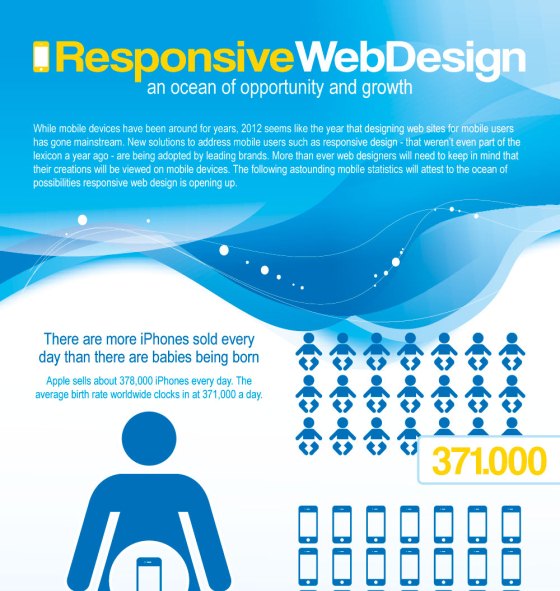The Development Of Internet Site Design: From Past To Present
The Development Of Internet Site Design: From Past To Present
Blog Article
Authored By-Booker Hyldgaard
In the past, internet sites were straightforward and focused on info. Navigating was straight, and design was for desktop computers. Now, customer experience is key. Information guides styles for easy navigating. please click the next website match different gadgets. Today, dark mode decreases pressure, and minimalist food selections enhance navigation. Interactive attributes involve customers, and bold visuals stand apart. AI integration improves engagement. See exactly how style has actually evolved to improve your on the internet trip.
Early Days of Web Design
In the very early days of web design, simpleness preponderated. Internet sites were fundamental, with minimal colors, font styles, and layouts. The focus was on supplying information as opposed to fancy visuals. Users accessed the internet with slow dial-up links, so speed and performance were crucial.
Navigating menus were straightforward, commonly located at the top or side of the web page. Websites were made for home computer, as mobile surfing wasn't yet prevalent. Content was king, and designers prioritized very easy readability over complex design components.
HTML was the primary coding language made use of, and designers had to function within its restraints. Computer animations and interactive attributes were very little contrasted to today's criteria. Sites were static, with little dynamic content or individualized individual experiences.
Rise of User-Focused Layout
With the development of internet site style, a change towards user-focused design concepts has come to be significantly popular. Today, producing internet sites that focus on individual experience is vital for engaging visitors and achieving company goals. User-focused layout includes understanding the demands, choices, and habits of your target market to tailor the internet site's design, content, and features accordingly.
Designers now carry out detailed study, such as customer studies and functionality screening, to gather insights and responses straight from customers. This data-driven approach helps in developing intuitive navigating, clear calls-to-action, and visually enticing interfaces that reverberate with site visitors. By putting the customer at the facility of the style procedure, websites can deliver a more tailored and satisfying experience.
Receptive layout has actually additionally become an essential element of user-focused style, ensuring that sites are maximized for numerous gadgets and screen dimensions. This flexibility enhances access and functionality, accommodating the varied methods customers engage with websites today. Fundamentally, the surge of user-focused layout symbolizes a change in the direction of developing digital experiences that focus on the demands and expectations of the end individual.
Modern Trends in Website Design
Check out the most recent patterns forming web design today. One famous trend is dark mode style, offering a smooth and modern look while reducing eye pressure in low-light environments. One more key pattern is minimal navigation, streamlining menus and improving user experience by focusing on essential elements. Including micro-interactions, such as animated switches or scrolling results, can develop an extra engaging and interactive website. Receptive design continues to be crucial, making sure seamless individual experiences across different gadgets. Additionally, utilizing strong typography and asymmetrical formats can add aesthetic interest and accentuate certain content.
Integrating AI modern technology, like chatbots for consumer support or customized referrals, boosts user involvement and improves procedures. Accessibility has additionally end up being a substantial pattern, with designers focusing on inclusive style practices to satisfy varied individual needs. Accepting sustainability by maximizing website performance for speed and effectiveness is an additional emerging trend in web design. Teaming up with user comments and information analytics to iterate and boost style continually is essential for remaining appropriate in the ever-evolving electronic landscape. By accepting these modern patterns, you can create a visually attractive, user-friendly website that resonates with your target market.
Conclusion
As you assess the development of website layout from the very early days to now, you can see exactly how user-focused style has become the driving pressure behind contemporary fads.
Embrace the trip of adjustment and adjustment in website design, constantly keeping the user experience at the center.
Tippingpointdigital
Stay current with the most up to date trends and innovations, and never quit advancing your strategy to produce visually stunning and user-friendly internet sites.
Advance, adapt, and create - the future of web design remains in your hands.
